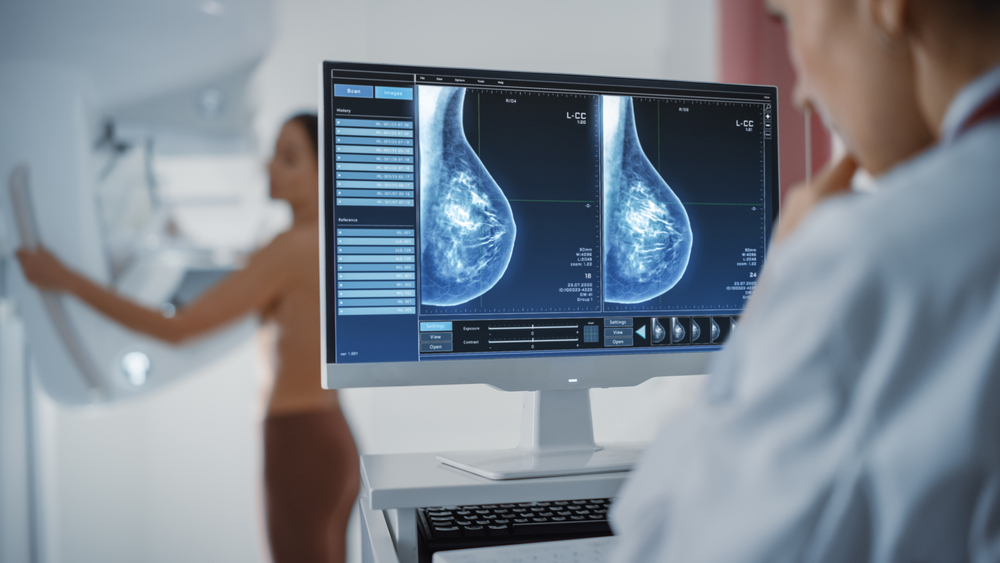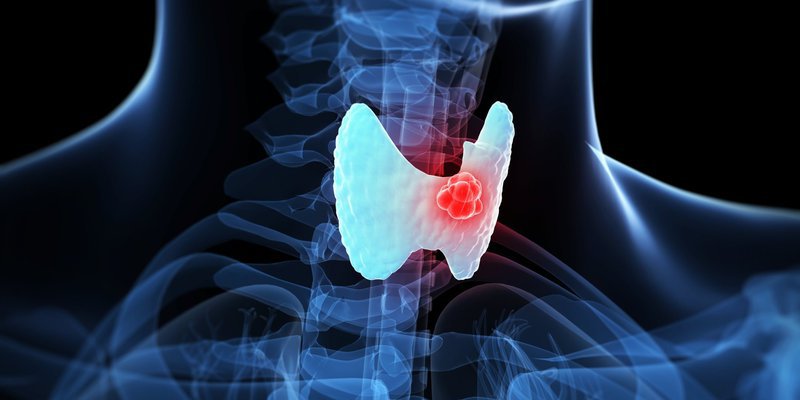Positron Emission Tomography combined with Computed Tomography (PET-CT) plays a pivotal role in modern oncology, revolutionizing the way we diagnose and treat cancer. This advanced imaging technique provides crucial information that helps oncologists make informed decisions about patient care. Below, we explore the various applications of PET-CT in oncological treatments.
Accurate Diagnosis: PET-CT aids in distinguishing between benign and malignant lesions, especially when traditional imaging methods like CT and MRI fall short of providing clear insights
Staging and Restaging: In cancer staging, PET-CT is instrumental in determining the extent of the disease, facilitating more accurate planning for surgery or other interventions. Additionally, it plays a crucial role in restaging, helping assess the effectiveness of ongoing treatments.
Treatment Planning and Monitoring: PET-CT data integration enhances precision in radiation treatment planning. It allows for cognitive fusion, rigid registration, and deformable registration, contributing to more effective and targeted therapy.
Response Assessment: Monitoring response to therapy is critical in cancer care. PET-CT provides valuable insights into treatment effectiveness, enabling adjustments if needed.
Guidance for Biopsy: PET-CT can guide clinicians in selecting optimal biopsy sites, increasing the chances of obtaining representative tissue for accurate diagnosis and personalized treatment planning.
Early Detection of Recurrence: Detecting cancer recurrence at an early stage is crucial for timely intervention. PET-CT's sensitivity in identifying even small lesions aids in early detection of disease recurrence.
Research and Development: PET-CT continues to be at the forefront of research in oncology. Advancements in imaging tracers and methods contribute to ongoing improvements in cancer diagnosis and treatment.
In conclusion, PET-CT has become an indispensable tool in the oncologist's arsenal, providing a comprehensive view of the disease landscape. Its applications span from initial diagnosis to treatment planning, monitoring, and research. The integration of PET-CT in oncological care reflects a paradigm shift, enabling personalized and targeted approaches for improved patient outcomes.

Dr Shelly Simon Senior Consultant – Nuclear Medicine Apollo Cancer Centre, Chennai





.png)



